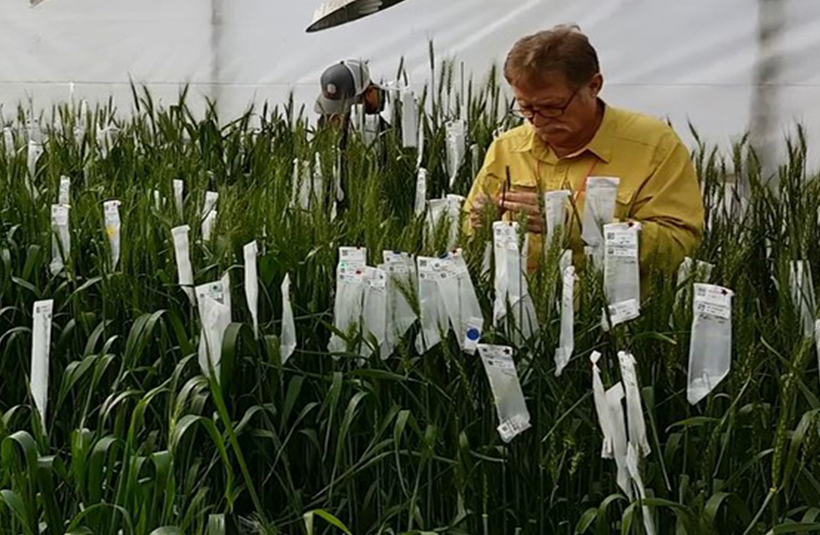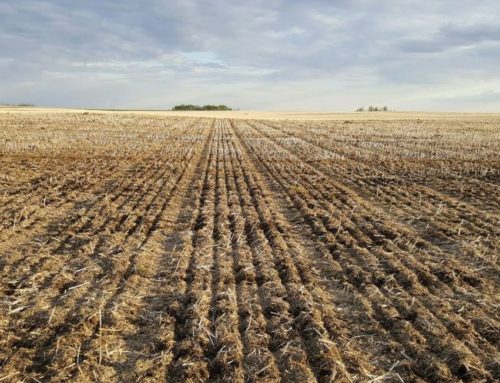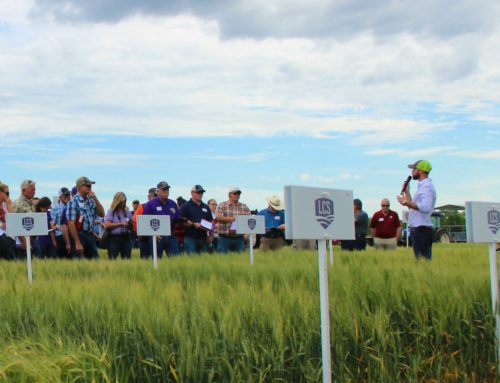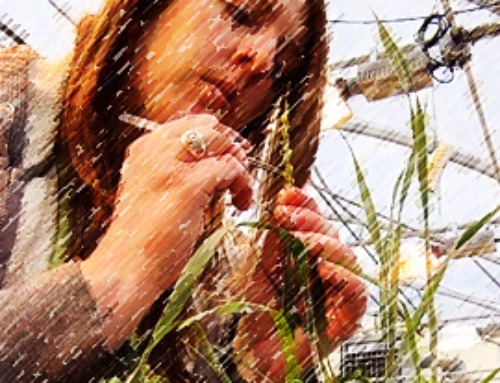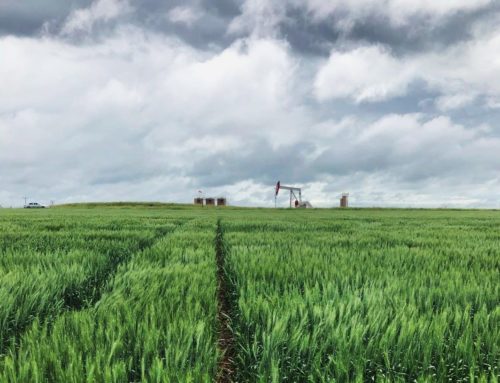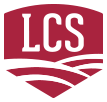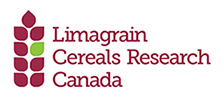January, 2017 – Winter in Colorado – the harvest up in North Dakota is behind us, the data is being crunched and processed, and the plans for future trials are being laid out. It is also time to escape the cold outside and get to work in the greenhouse. This is really where it all begins for the breeding program. Taking two wheat parents and crossing them together and generating the F1 seed. This involves a steady hand and a lot of close attention to emasculate a wheat head – which entails removing the center florets, trimming off the awns and part of the glumes from the remaining florets, and finally pulling out all the anthers. This emasculated head will be ready in a few days to receive pollen from another head to complete the cross.
We have a lot of new lines to play with in this crossing cycle! Lines from Canada, Australia, Argentina and also some new parent lines from our own breeding program. Plus, this will be the first time we will be creating crosses with Durum wheat. It will be exciting to see what these new sources of parents can bring to our breeding program, both for our region in and around North Dakota and also north of the border into Canada.
This crossing cycle is also the beginning of collaborations with our new breeder, Jason Reinheimer, based in Saskatoon, Canada. Jason is leading the effort to introduce a system called Genomic Selection, which combines phenotypic data and molecular marker data to help drive better decisions on which parent lines could potentially make the best crosses.
We were lucky enough to have Jason’s research associate, Mandy Bourassa, visit us here in Fort Collins recently. She came down to observe and help with the crossing block. This was Mandy’s initial attempt in performing emasculations and pollinations. She picked up the techniques quickly and was able to see the starting point of the new materials we will be working together on in the coming years.

